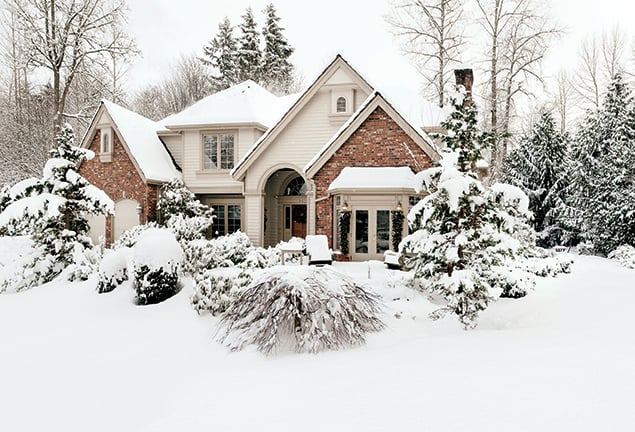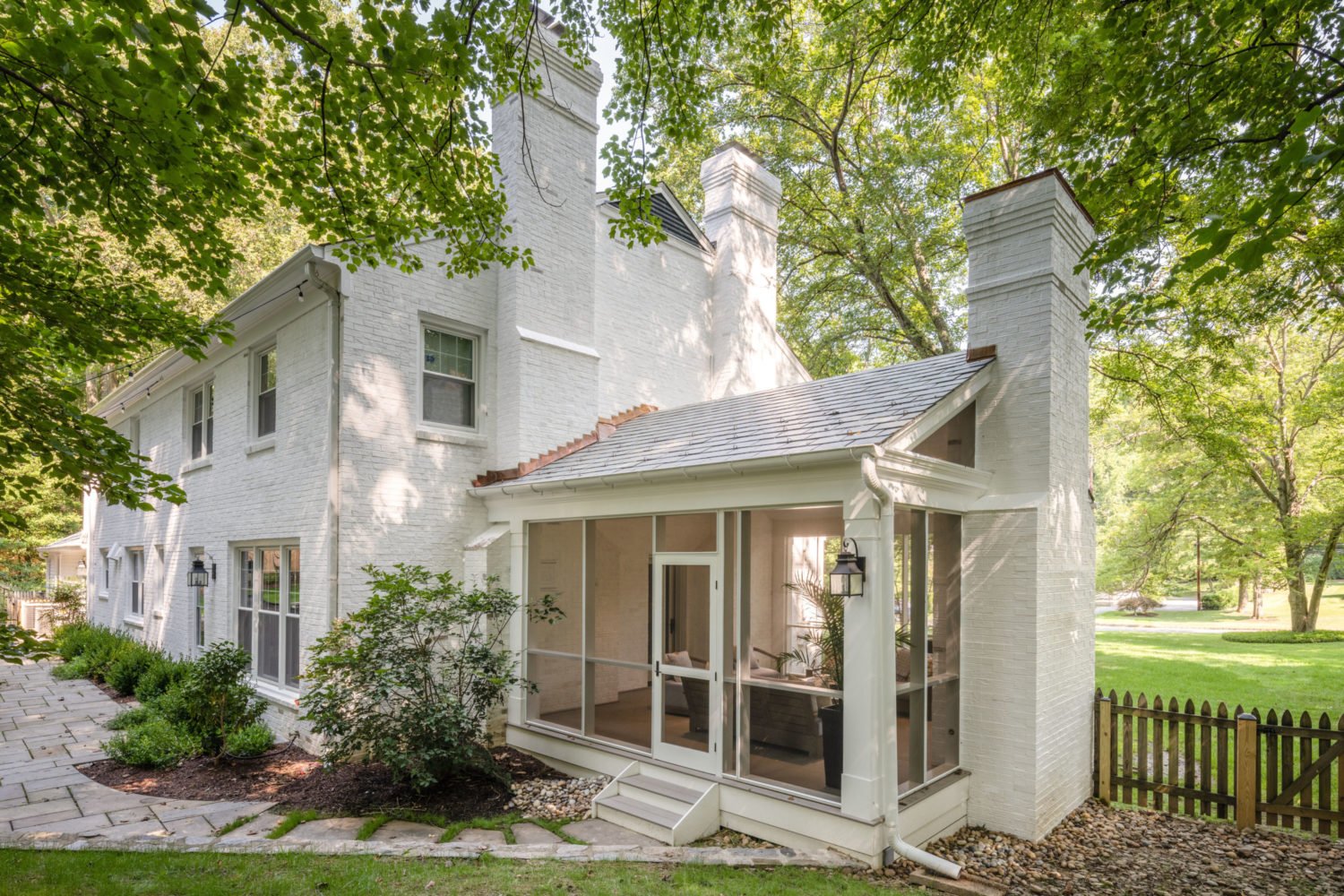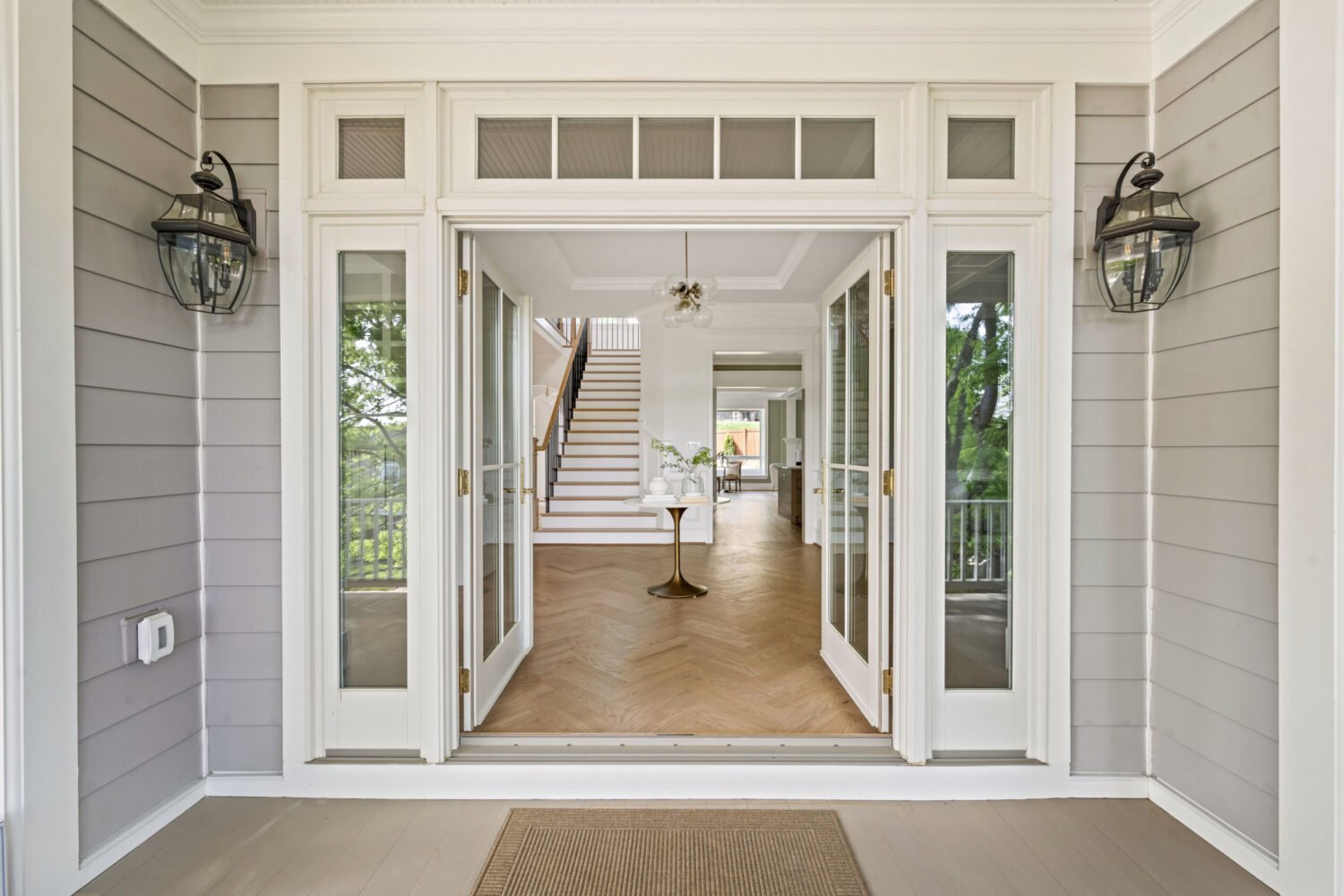Walter Stillwell, an attorney at Discovery Communications, and his wife, Lisa Sanchez, had been house-hunting in Silver Spring, Chevy Chase, Bethesda, and Kensington for nearly eight months without success. “Anytime we found a place we were remotely interested in, of course there were five offers the next day,” says Stillwell. “We were frankly just jaded.”
Then on a Thursday in December, he went for a run near Discovery’s Silver Spring headquarters and noticed a house with a for-sale sign out front. “It was everything we were looking for,” he says. Though the holidays were approaching, the sellers had to list because of an impending move out of town.
Stillwell and Sanchez toured the home the following Saturday with their agents, Heather Davenport and Matt McHugh of Lindsay Reishman Real Estate. The sellers had an open house planned for Sunday—when an ice storm happened to hit. On Monday, Stillwell and Sanchez submitted one of only two bids and finally bought a house.
They credit a couple of factors that can make Washington’s winter market easier to manage: bad weather that keeps some of the competition away and motivated sellers who, for one reason or another, don’t have the luxury of waiting for the busier spring season. Here are four other advantages buyers have during the colder months.
Houses sit longer.
During winter, there’s a better chance Washington buyers will get a night to sleep on one of the biggest investments of their lives—something not always possible in our high-pressure market. On average, properties here spend a median of 35 days on the market, according to a ten-year analysis by RealEstate Business Intelligence. But in January and February, that creeps up to 48 and 47 days. Come May, it plummets to 23.
Contingencies aren’t a deal-breaker.
Because listings tend to last longer, buyers also aren’t as likely to feel pressured into waiving safety nets such as a home inspection. “That’s significant—the fact that you can have a little bit more of a traditional buying experience,” says Robert Jenets, president of Stuart & Maury Realtors.
It’s not just about the bottom line.
Given that many wintertime sellers list in the off-season out of necessity (as in Stillwell and Sanchez’s case), agents say including terms that will accommodate them carries more weight. For instance, a buyer who agrees to a quick close that allows the seller to start an out-of-state job on time might be just as attractive—or more so—as a buyer offering a few thousand extra dollars.
Homes are cheaper.
All of these factors add up to better deals. Though inventory tends to shrink as temperatures drop (the biggest disadvantage to winter house-hunting), shoppers who can find what they’re looking for pay less. The median prices for sales that closed in Washington last January and February were $370,000 and $375,000, compared with $430,000 and $433,000 in May and June.
This article appears in the January 2015 issue of Washingtonian.



















